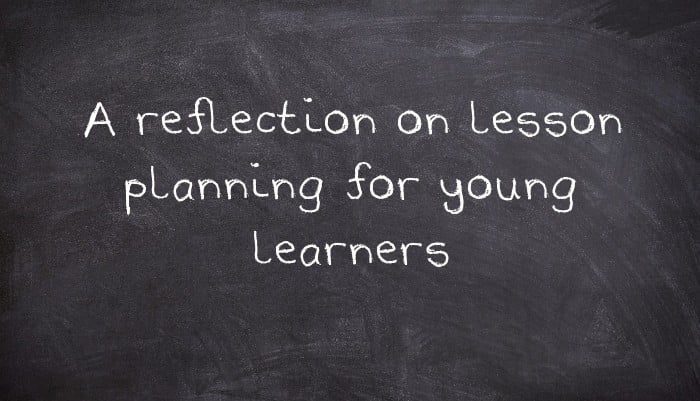Some colleagues had asked me for some tips on teaching elementary school children English as a Foreign Language. Besides providing them with information on games, referrals to ESL websites, and other helpful information, I found I had shared with them my approach to teaching elementary school students. Here's what I said.
I spend some time considering the goal and target language for each lesson. I find this is important for me to visualize how I will teach the lesson. Visualization allows me to go through the lesson, figure out what I'll need to teach it, and how to pull and tie things together in a fun way. My structure has a beginning, middle, and an end and within that simple structure, I pattern my teaching and stick to it. Structure, I find, helps me teach.
As I like to begin and end my lessons on a high note, I begin and end my lessons with a song. I find that teaching songs the children would enjoy helps to build their self-esteem and confidence in participating in drills and activities. I usually call upon some of the more rambunctious children in my classes to join me at the front of the classroom when we sing. They get a kick out of it and so do I while it serves to encourage the shier ones to join along.
I always greet my classes with a friendly smile. I like them to know that I am happy to see them. It helps to put my students at ease and creates a warm atmosphere for learning. Regardless of the way I am feeling physically, and I have had my days, believe me, I smile and do my best.
I draw on visuals such as flashcards, three-dimensional objects, and posters to help me teach my lesson and convey meaning. I also like to use TPR to teach vocabulary such as happy, sad, hungry, thirsty, sleepy, and angry.
I play games that test the target language. The children enjoy them while practicing English in the process. I also like to do a hands on activity towards the end of the lesson such as a drawing, colouring or connecting the dots activity that re-enforces the learning.
I also like to use puppets to teach whenever I can. I love them. The younger children love them too. I use puppets to introduce target language. Here's an example:
Stefan: Hello
Puppet: Hello
Stefan: I'm Stefan. What's your name?
Puppet: I'm Panda.
I enjoyed writing this short piece. It made me realize how much of me is behind each lesson, and that I like to teach English in a fun and creative way. Perhaps, it may spark some thoughts for you in your context.
